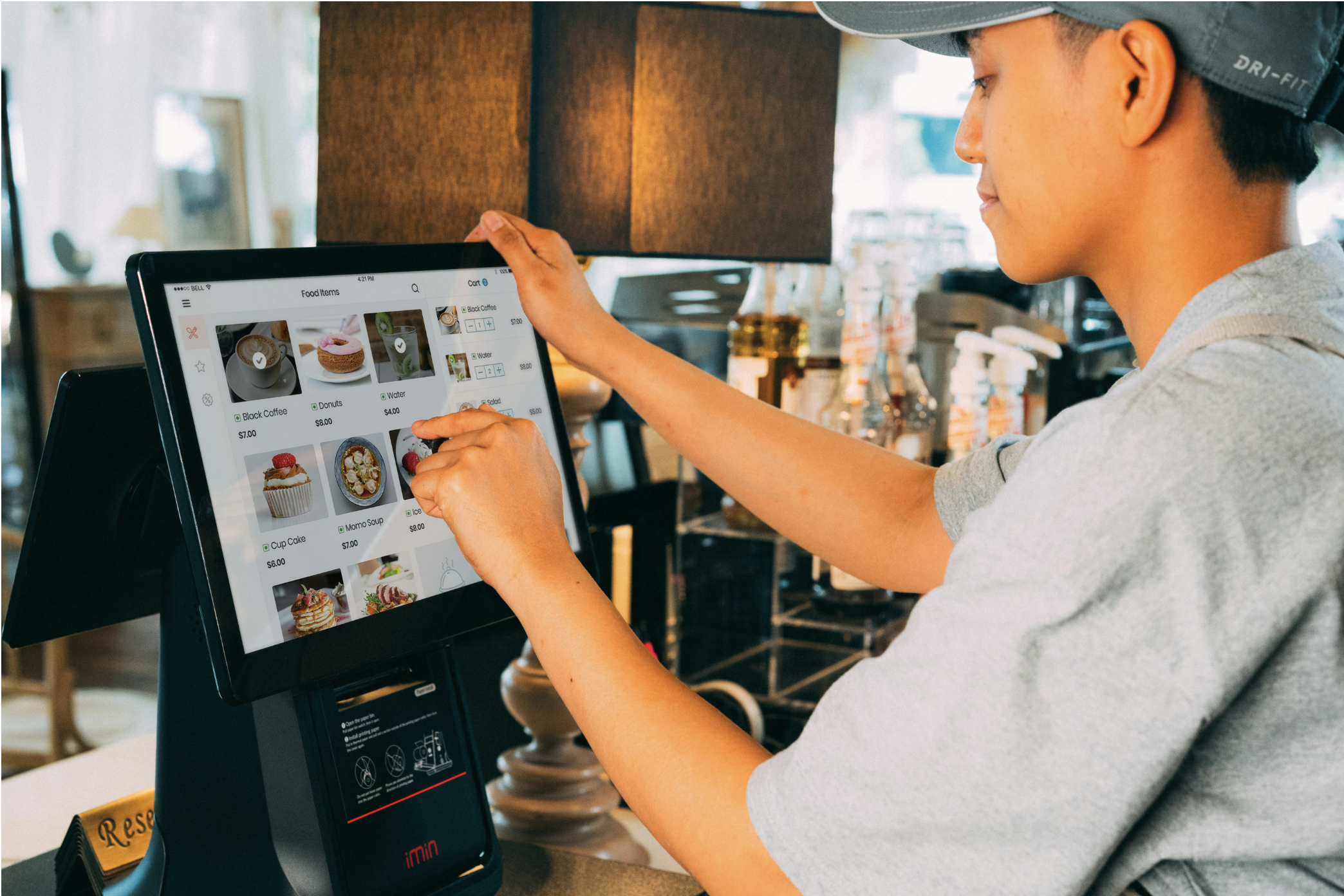In the excitement of launching a coffee shop or restaurant, it’s easy to focus on startup costs — equipment, build-out, marketing. But staying open requires a clear picture of your operating expenses — the monthly costs that keep the lights on, food cooking, and customers happy.
Underestimating operating expenses is one of the fastest ways to run into cash flow trouble. This guide walks you through identifying, categorizing, and forecasting your recurring costs so you can price right and plan ahead.
Start with the Big Three
For most cafés and restaurants, three categories make up the majority of operating expenses:
- Cost of Goods Sold (COGS): Ingredients, beverages, paper goods, condiments — anything consumed in serving a customer.
- Labor: Wages, payroll taxes, benefits, uniforms, training.
- Occupancy: Rent, CAM (common area maintenance), property taxes, insurance, utilities.
Rule of thumb: In a healthy shop, COGS + Labor + Occupancy often total 65–80% of sales.
Cost of Goods Sold (COGS)
Track COGS as a % of sales. A coffee shop might run 25–35%, while a full-service restaurant could be 28–38%.
- Negotiate supplier pricing and delivery fees.
- Watch waste and portion control — over-pouring milk or using too much garnish adds up.
- Adjust menu pricing when input costs rise.
Labor Costs
Include everyone: baristas, cooks, servers, dishwashers, managers, and yourself if you take a salary.
- Use scheduling software to align staffing with peak hours.
- Cross-train employees to handle multiple roles during slower times.
- Factor in payroll taxes (≈ 7.65% in the U.S.) and potential benefits.
Occupancy Costs
Fixed rent is predictable, but watch for extras:
- CAM Charges: Mall or center maintenance fees.
- Utilities: Electricity, gas, water, trash — seasonality can cause spikes.
- Insurance: Liability, property, and workers’ comp coverage.
Other Operating Expenses to Include
- Marketing: Digital ads, loyalty program costs, local sponsorships.
- Repairs & Maintenance: Espresso machine service, HVAC checks, plumbing fixes.
- Office/Admin: Software subscriptions (POS, accounting), bank fees, printing.
- Licenses & Permits: Health department, liquor license renewals.
- Miscellaneous: Cleaning supplies, décor updates, staff meals.
Build a Monthly Forecast
Create a spreadsheet listing each expense category with its monthly amount. Use real quotes where possible, and conservative estimates for variable items.
- Base utilities on comparable businesses in your area.
- Estimate marketing as 2–5% of projected sales.
- Include a contingency line (1–3% of sales) for unplanned costs.
Compare to Industry Benchmarks
Use benchmarks as a gut check:
- Coffee Shop: COGS 28%, Labor 30%, Occupancy 15%, Other 10–15%
- Fast Casual: COGS 30%, Labor 28%, Occupancy 12%, Other 15–20%
- Full Service: COGS 32%, Labor 32%, Occupancy 10%, Other 15–20%
Monitor and Adjust
Track expenses monthly against your forecast. Look for trends:
- Is labor creeping up due to overtime?
- Are food costs rising faster than sales?
- Is marketing spend translating into more covers?
Common Pitfalls
- Forgetting seasonal spikes in utilities or COGS.
- Underbudgeting for repairs and maintenance.
- Not including your own salary as an expense.
- Ignoring small recurring costs that add up over time.
Final Takeaway
A realistic operating expense forecast is just as critical as a sales projection. Knowing your monthly nut helps you set prices, manage margins, and avoid nasty cash flow surprises. Track closely, adjust quickly, and your coffee shop or restaurant will be in a stronger position to thrive.

